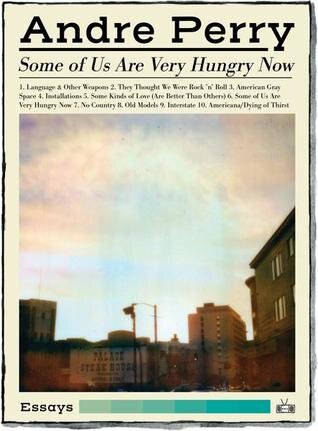THE DÉJÀ VU BY GABRIELLE CIVIL
Gabrielle Civil’s the déjà vu is a portal, a performance, a dream space. The result of “mining experimental echoes,” Civil’s writing traverses space and time. It is poetry, essay, and testament: mind and genre bending. the déjà vu is as easy to pin down as a river.
A Black feminist performance artist living through civil upheaval and a pandemic, Civil gives readers pause. Poems about Black time are interspersed among pieces like “On Commemoration” and “Blue Flag” where Civil’s reflections on her own work reveal the vulnerable self-consciousness of how an artist not only reflects themselves, but how that depiction highlights or obscures marginalized peoples.
Though a performance memoir, the déjà vu hardly reads like a script for stage. Personal essays like “(Banana Traces)” offer a generous telling of how an ingenious Black artist deals with the anxiety of “talking yourself out of your own greatness.” “Unheld breath” recounts Civil’s hospitalization with the tenderness of a survivor who yearns “to be sweetly and indulgently loved,” yet has lived through so much loneliness it is near impossible to accept outstretched hands.
Gabrielle Civil’s the déjà vu is a book for the reader who needs to be reminded of their own power. It’s a book that should take up the space between their hands and reverberate throughout their own dreams.
—Review by D.C. Eichelberger









